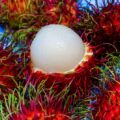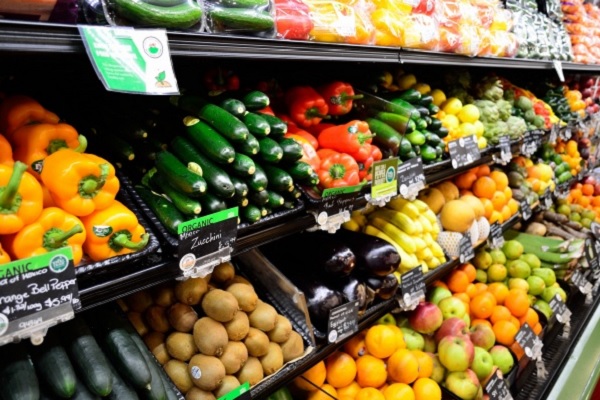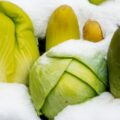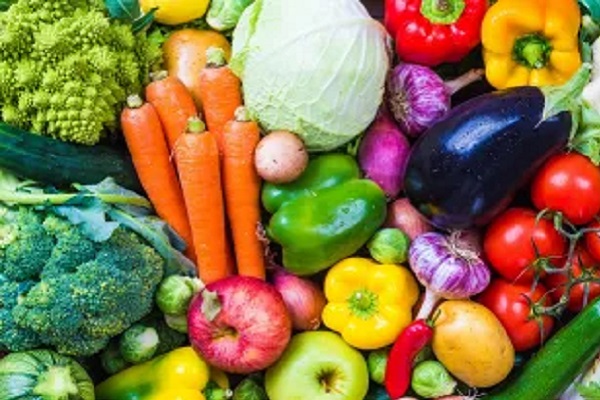French fries and baked potatoes are both vegetables. They both have been cooked. But the baked potato has less fat and calories and if you eat the skin of the potato, you are taking in more vitamins and minerals. So it would be safe to say the baked potato is more nutrient dense.
According to the Dietary Guidelines for Americans, nutrient-dense foods are foods that have generous amounts of vitamins and minerals and relatively few calories. The opposite is energy-dense food, also called empty calorie food, like soda pop and foods high in added sugar or processed cereals. Nutrient density means the level of vitamins and minerals present in the food compared to the calories. And when you are dieting, you want to make every bite of food count as far as nutrient density.
The more nutrients you take in, the healthier you are and the less you crave the not-so-healthy foods. Fortunately, the majority of nutrient-dense foods are low in calories. Let’s take a look at some of those foods and how to incorporate them into your diet.
A study from a researcher at William Paterson University set out to measure just how nutritious by density fruits and vegetables are, and which ones are the superfoods. The researchers coined the term Powerhouse Fruits and Vegetables (PFV) for these foods. The results are surprising as some foods commonly called superfoods, like raspberry, tangerine, cranberry, garlic, onion, and blueberry didn’t make the cut, but less common foods made the list, here are the top ten…
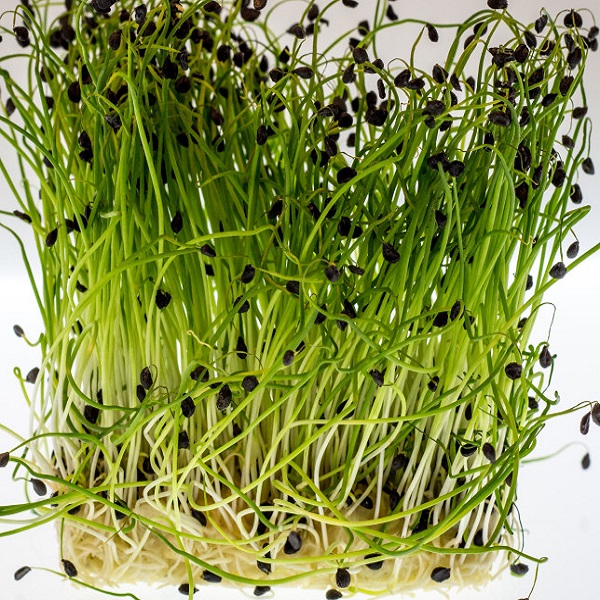
1. Watercress – Nutrient Density Score: 100.00
The big surprise at #1 is Watercress. It actually contains significant amounts of iron, calcium, iodine, and folic acid, in addition to vitamins A and C. Because it is relatively rich in Vitamin C, watercress was suggested, among other plants, by English military surgeon John Woodall as a remedy for scurvy. Watercress is also a significant source of omega-3 fatty acids.

2. Chinese Cabbage – Nutrient Density Score: 91.99
Also known as Bok Choy, or Pak choi, Chinese cabbage contains a high amount of vitamin A per 4 oz. of serving, about 3500 IU. Pak choi also contains approximately 50 mg of vitamin C per 4 oz. serving.
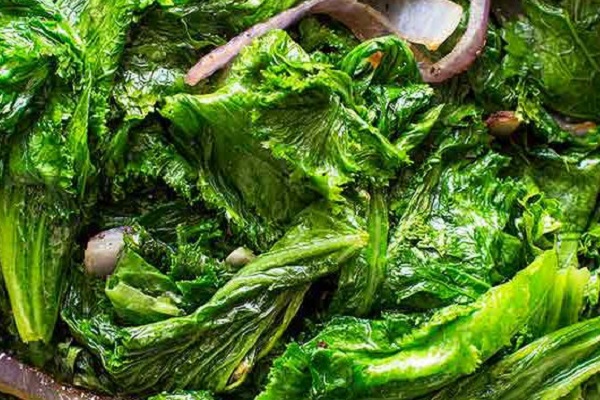
3. Chard – Nutrient Density Score: 89.27
Swiss ChardChard has been bred to have highly nutritious leaves and is considered to be one of the most healthful vegetables available, making it a popular addition to healthful diets (like other green leafy vegetables).
Fresh young chard can be used raw in salads. Mature chard leaves and stalks are typically cooked (like in pizzoccheri) or sauteed; their bitterness fades with cooking, leaving a refined flavour which is more delicate than that of cooked spinach. Chard is high in vitamins A, K, and C, with a 175-g serving containing 214%, 716%, and 53%, respectively, of the recommended daily value. It is also rich in minerals, dietary fibre, and protein.4
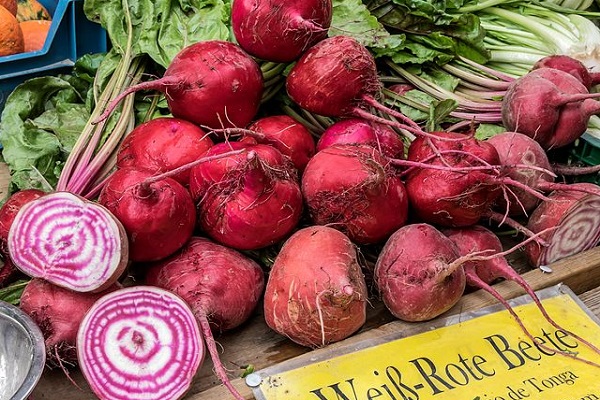
4. Beet greens – Nutrient Density Score: 87.08
Beet greens are a good source of lutein and zeaxanthin, carotenoid phytonutrients that play a role in eye health. One cup of raw beet greens can contain over 275 micrograms of lutein. That cup of raw beet greens also has 8 calories, 1.4 grams of fibre and 0.84 grams of protein.
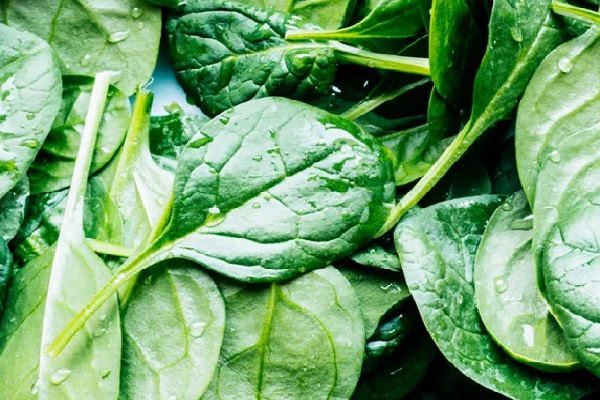
5. Spinach – Nutrient Density Score: 86.43
Spinach is known to be rich in iron. According to the United States Department of Agriculture, a 180-g serving of boiled spinach contains 6.43 mg of iron, compared to a 170-g ground hamburger patty which contains at most 4.42 mg.5
On the other hand, spinach contains iron absorption-inhibiting substances, including high levels of oxalate, which can bind to the iron to form ferrous oxalate and render much of the iron in spinach unusable by the body. In addition to preventing absorption and use, high levels of oxalates remove iron from the body. Spinach is also a rich source, meaning it has more that 20% of the Daily Value, of vitamin A, vitamin C, vitamin K, magnesium, manganese, and folate.
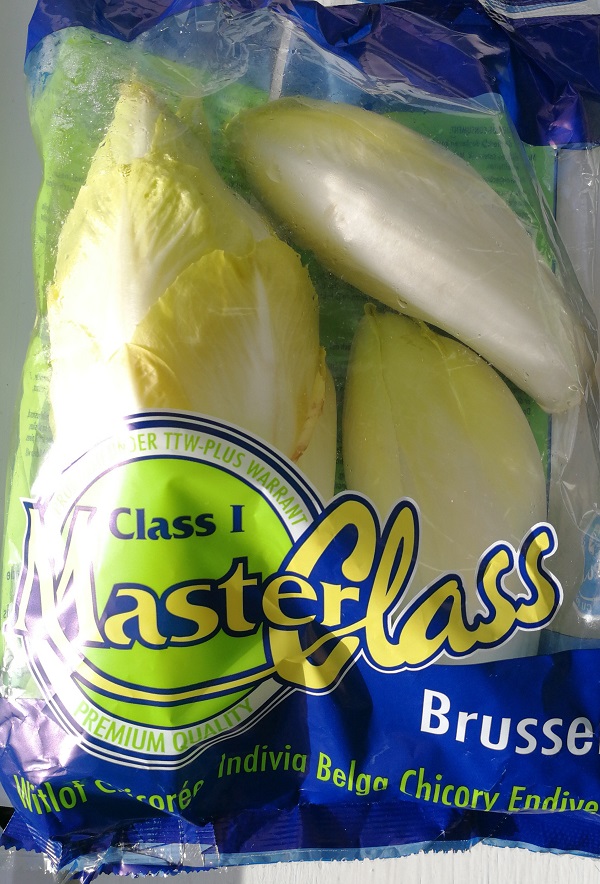
6. Chicory – Nutrient Density Score: 73.36
Chicory leaves are eaten raw as salad leaves. Cultivated chicory is generally divided into three types, of which there are many varieties: Radicchio, Sugarloaf and Belgian endive. Chicory contains Vitamin B1, B2, B3, B5 (Pantothenic acid), B6, B9 and C as well as the minerals Calcium, Iron, Magnesium, Manganese, Phosphorus, Potassium, Sodium and Zinc.
The chicory plant is one of the earliest cited in recorded literature. Horace mentions it in reference to his own diet, which he describes as very simple: “Me pascunt olivae, me cichorea, me malvae” (“As for me, olives, endives, and mallows provide sustenance”).
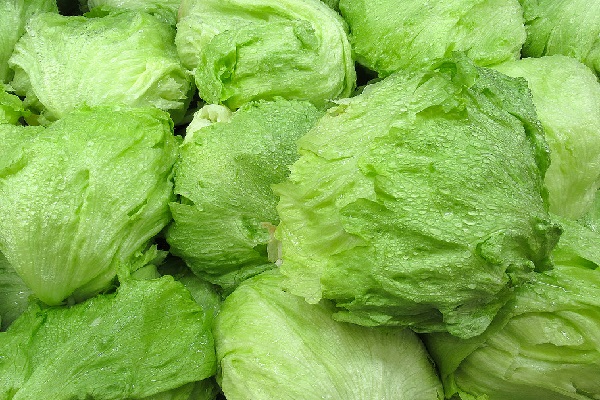
7. Leaf lettuce – Nutrient Density Score: 70.73
Used mainly for salads, leaf lettuce is a good source of vitamin A, vitamin K and potassium. It also provides some fibre, carbohydrates, protein and a small amount of fat. In addition to salads, lettuce leaves can be found in soups, sandwiches and wraps, while the stems are eaten both raw and cooked.
Lettuce also provides some vitamin C, calcium, iron and copper, with vitamins and minerals largely found in the leaf.

8. Parsley – Nutrient Density Score: 65.59
Parsley is a source of flavonoids and Antioxidants, especially luteolin, apigenin, folic acid, vitamin K, vitamin C, and vitamin A. Half a tablespoon (a gram) of dried parsley contains about 6.0 µg of lycopene and 10.7 µg of alpha-carotene as well as 82.9 µg of Lutein+Zeaxanthin and 80.7 µg of beta carotene.6
Green parsley is used often as a garnish on potato dishes (boiled or mashed potatoes), on rice dishes (risotto or pilaf), on fish, fried chicken, lamb, goose, and steaks, as well in meat or vegetable stews (such as beef bourguignon, goulash, or chicken paprikash). Excessive consumption of parsley should be avoided by pregnant women. It is safe in normal food quantities, but large amounts may have uterotonic effects.

9. Romaine lettuce – Nutrient Density Score: 63.48
Romaine lettuce (Lactuca sativa L. var. longifolia) grows in a tall head of sturdy leaves with firm ribs down their centres. Unlike most lettuces, it is tolerant of heat. The antioxidants contained within romaine lettuce are believed to help prevent cancer. It also contains the minerals Calcium, Iron, Phosphorus and Potassium.
Romaine is the usual lettuce used in Caesar salad. Romaine lettuce also is commonly used in Middle Eastern cuisine.
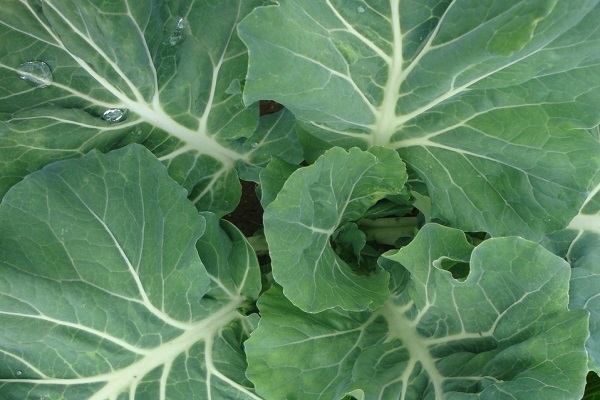
10. Collard green – Nutrient Density Score: 62.49
Collard greens are nutrient-dense and low in calories. They’re an excellent source of calcium, folate, and vitamins K, C, and A. Furthermore, they’re high in fibre and antioxidants.


